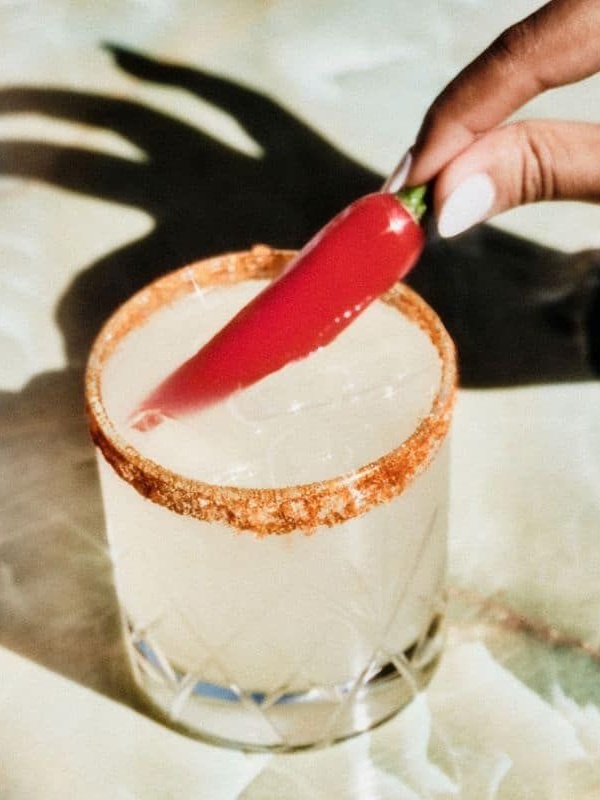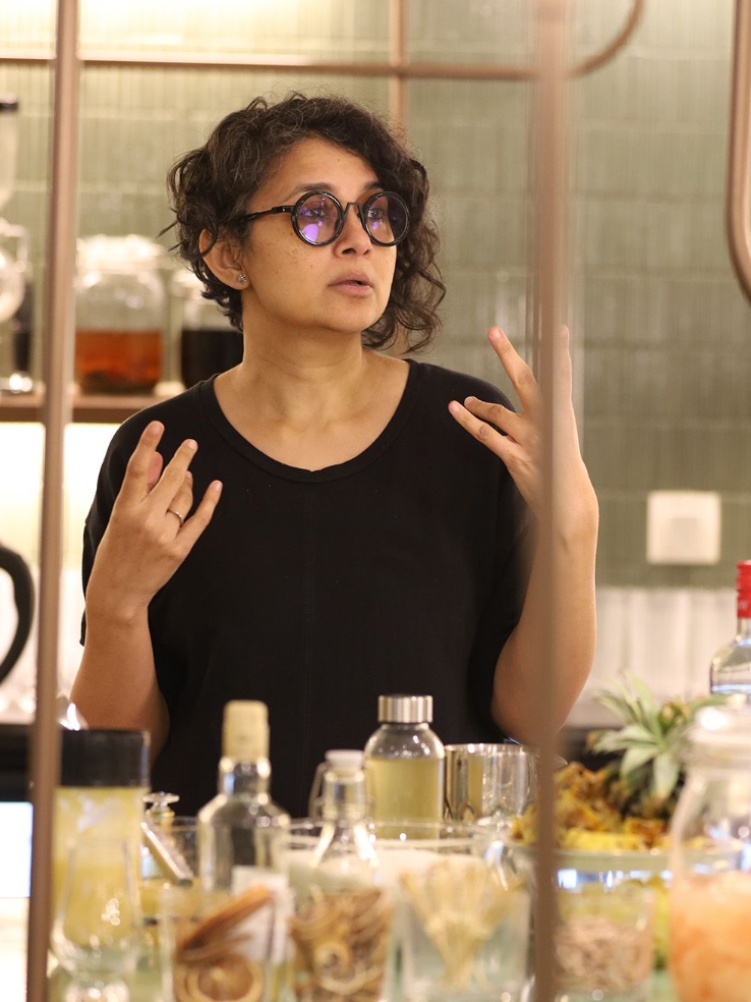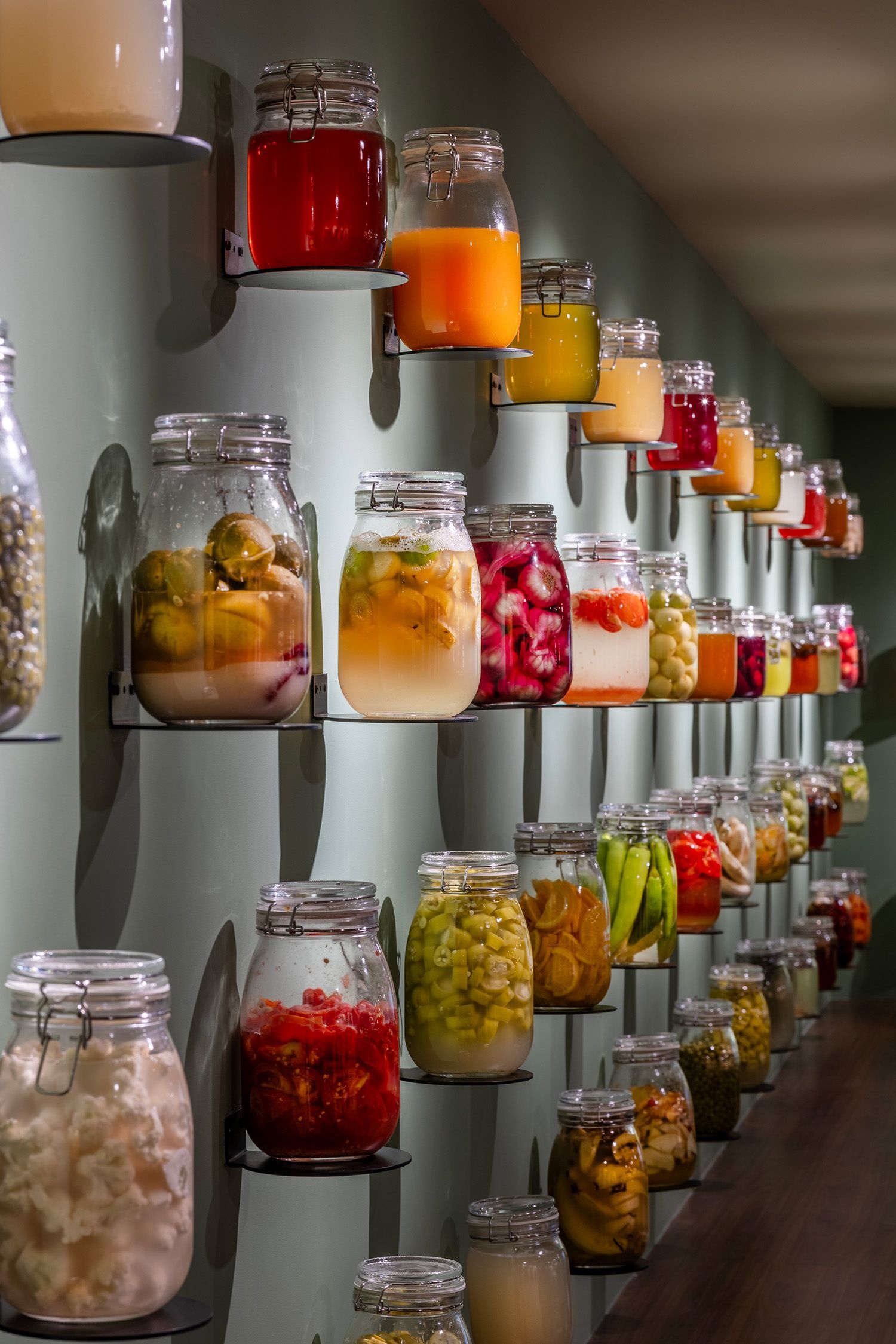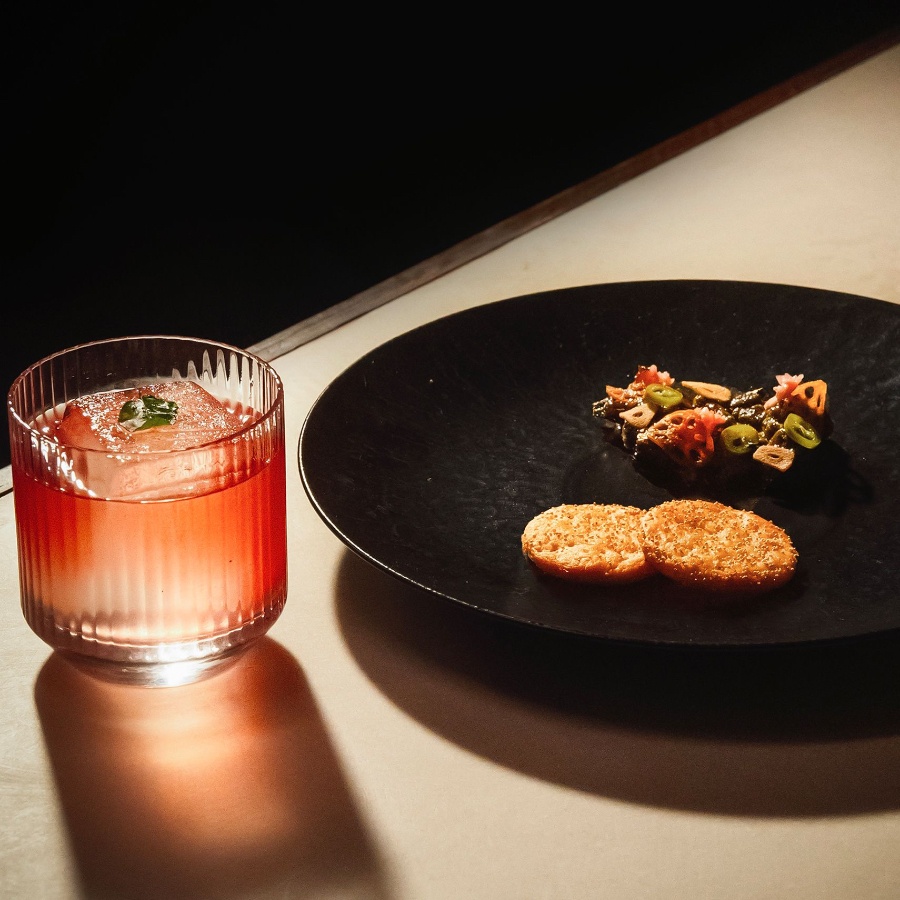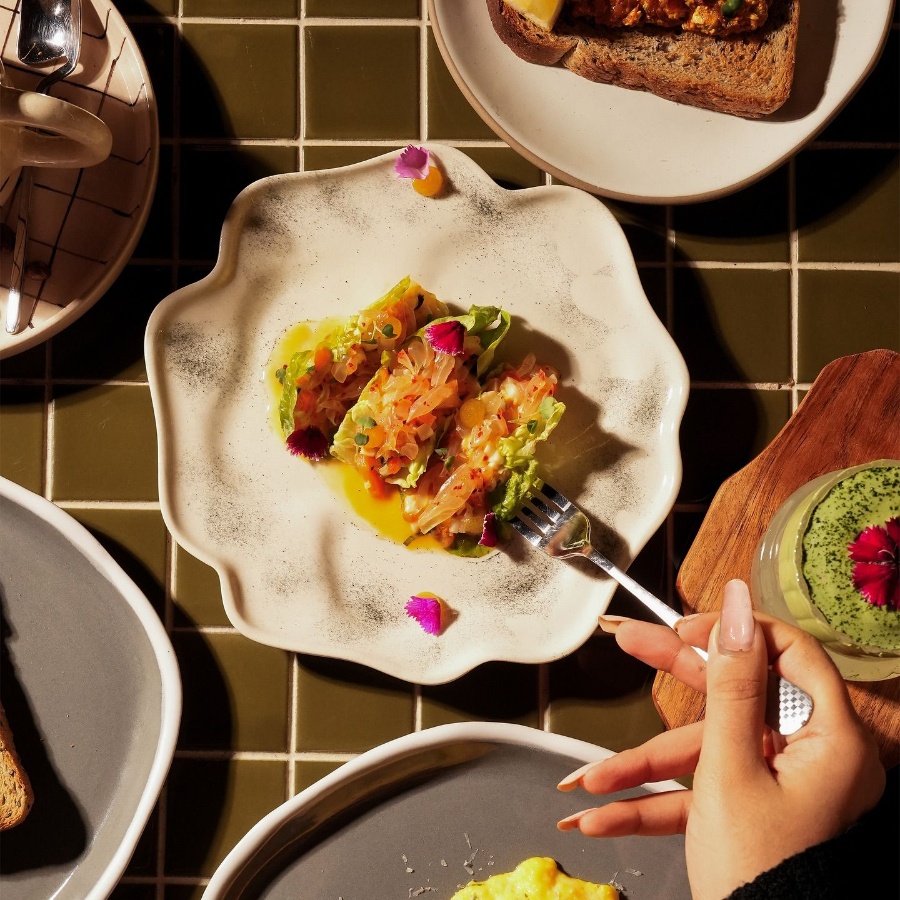For some, Diwali is all about honouring tradition. For others, it’s about card games and cocktails. Sitting squarely in the middle of this Venn diagram is the latest trend in mixology: the ancient practice of fermenting stuff to make them super tasty.
Across cocktail menus—from Goa’s The Second House to Mumbai’s Bombay Daak— drinks using clarified yogurt or fermented fruits are becoming increasingly common, as are drinks with made-from-scratch syrups and vinegars. Where a splash of soda adds fizz and tonic adds bitterness, ferments like kombuchas, congees, vinegars, and brines layer in acidity, funk, and umami all at once.
“Fermentation is trendy right now, but it’s been around for thousands of years,” says Bengaluru-based master fermenter Payal Shah, adding that our grandparents and great-grandparents were all fermenting food (and drink) long before kombucha became the new fresh-lime-soda-sweet-salt-mix. Fermented ingredients bring layers and complexity to your drinks that standard mixers simply can’t match.
Shah’s job involves running flavour experiments six days a week at The Flavour Lab, a one-of-a-kind geek zone set up by Diageo in Bengaluru’s Whitefield area, where she is the head fermenter. The lab, which is part of The Good Craft Co., is on the top floor of a medical college building and features a full-fledged laboratory (where brands other than those owned by Diageo run experiments too) through the week, which turns into an experience centre on Saturday evenings, open to tipplers who want to know more about why their booze tastes like it does.
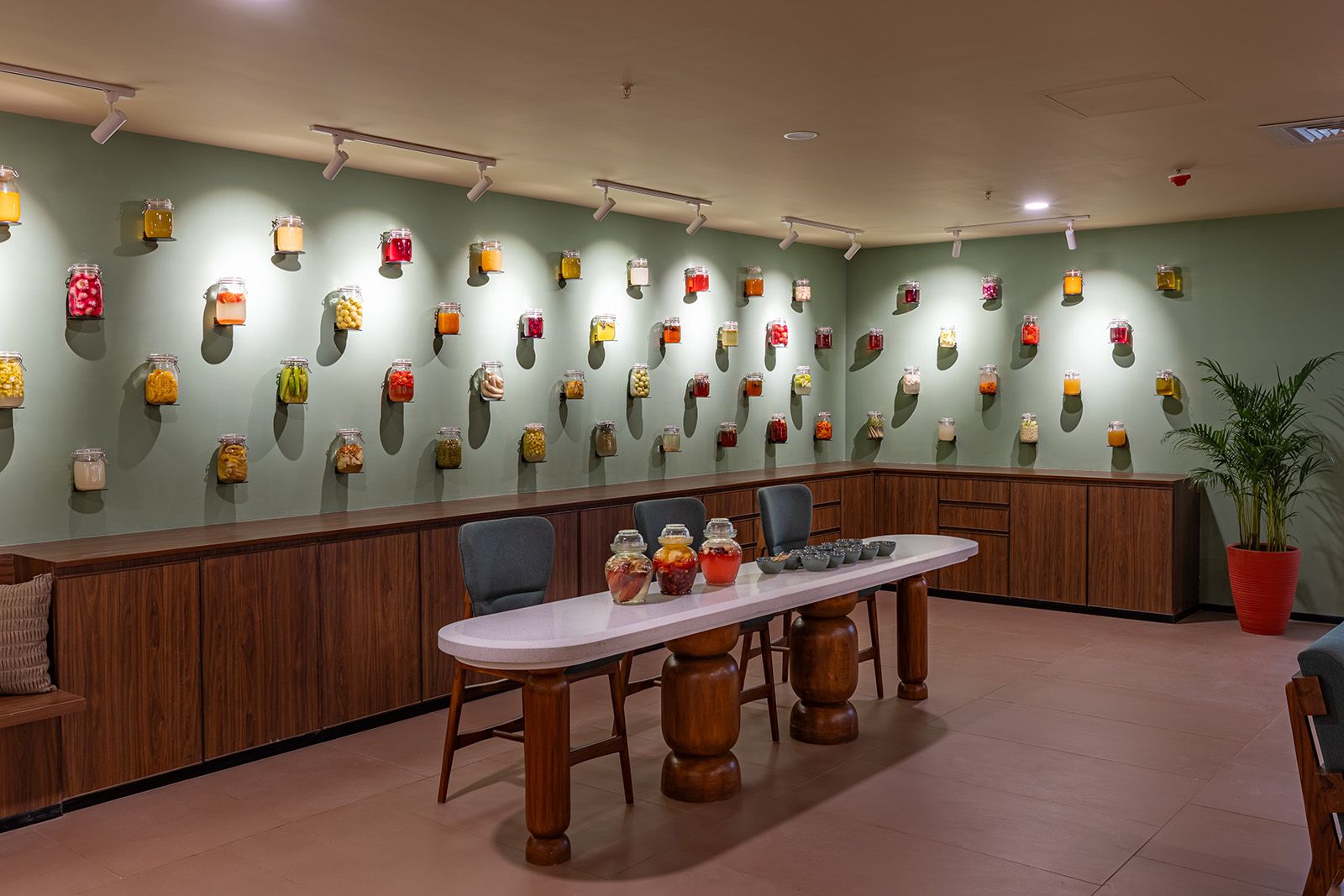
It’s at one of these sessions that Shah walks us through her work at the laboratory. “It’s a spectrum between science and art,” she says, standing in front of a wall lined with dozens of large jars, each holding fruits, vegetables, and more at varying stages of fermentation. “The science is all the rules of fermentation: what you can put in there, what you can’t, how much salt, how much sugar, and what kind of environment you create inside the jar. The art and the craft are where the fun comes in—playing around with different ingredients and flavour combinations and generally letting the microbes do their magic.”
The laboratory’s goal is simple: getting a better understanding of flavours. This means deducing what works well with what, why one ingredient shines over another, and how ferments can be used to enhance a drink, whether that’s a cocktail, an infusion, or a standalone beverage.
